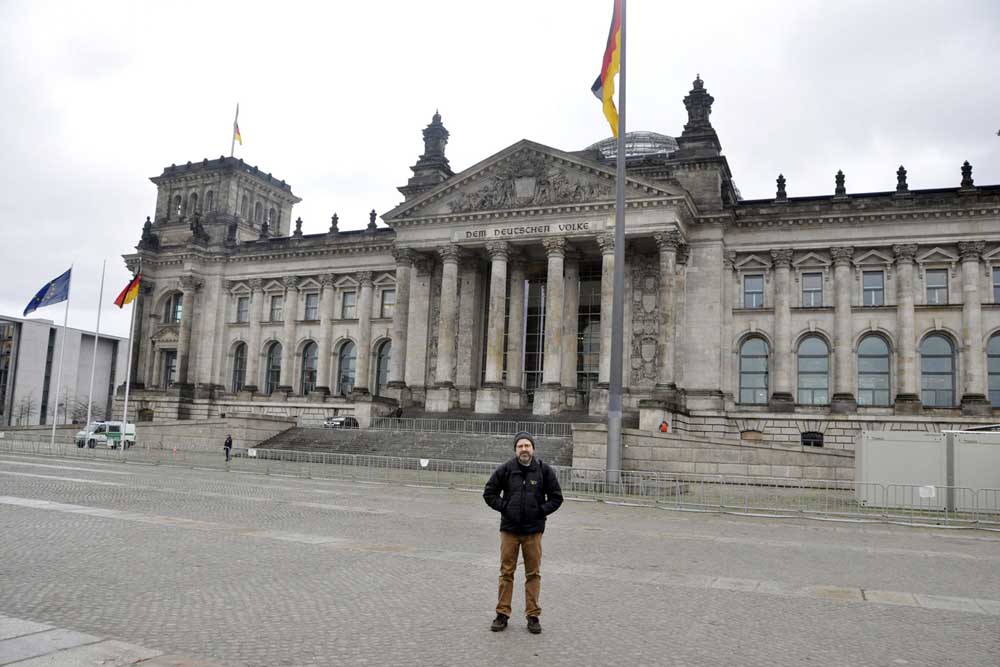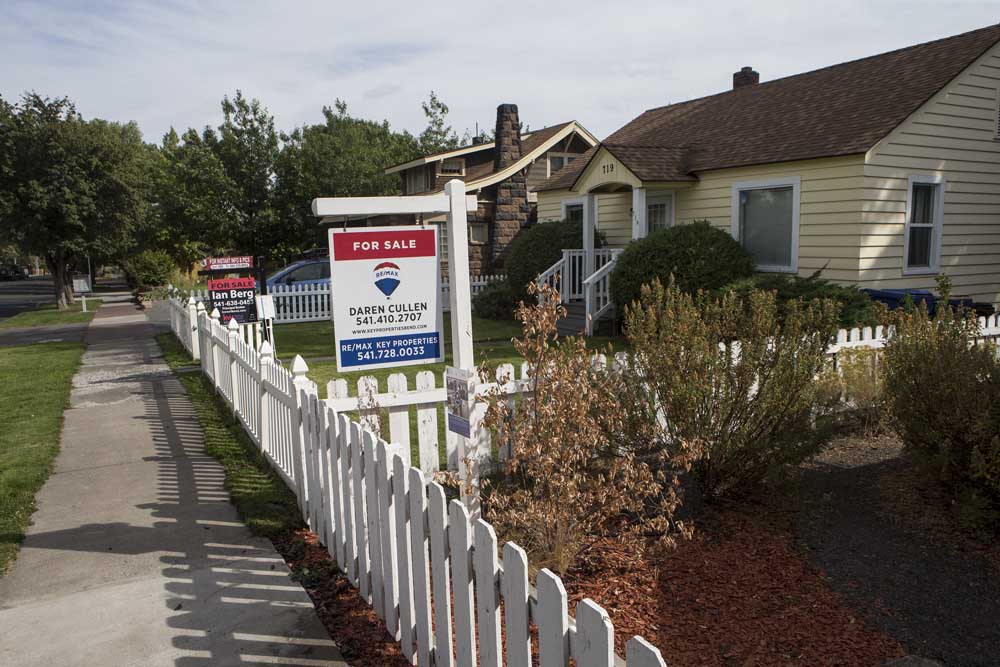In the offseason, Berlin offers its own pleasures
Published 12:00 am Sunday, April 26, 2015

- Donald Munro / The Fresno BeeThe Reichstag renovation, completed in 1999 by the architect Norman Foster, is an exhilarating sight to see in January.
BERLIN — I’m standing in front of the Reichstag, the imposing Neo-Baroque building now once again home to Germany’s now reunified parliament. In a wide-angle photo commemorating the moment, I’m the only one in the frame.
At the famed Pergamon Museum on Berlin’s culture-packed Museum Island, I walk right in. No line.
Trending
Wandering among the exposed rebar and stretches of intact concrete that make up the Berlin Wall Memorial, the crowds are so thin I can easily imagine an earlier time when this repressive barrier cast a desolate shadow of gloom.
Traveling to Europe in early January has its advantages.
And it’s never too early to start planning for next year.
Sure, my partner and I could have opted for a warm beach somewhere. But I love to visit places offseason. You take a risk with the weather, of course. On this trip I could have been slushing through snow or braving Chicago-style wind chill. But temperatures remained mostly in the 30s and 40s for our 11-day journey to Berlin, Prague and Vienna, all conveniently spaced out about a five-hour train ride from one another.
Besides, I used to live in Alaska. I much prefer the cold to sticky summer temperatures that can reduce hordes of tourists into steamy soup. When you travel to a city such as Berlin in the winter, you’re going to want to spend a lot of time indoors anyway. The city’s cultural arts season — so much opera, classical music, theater! — reaches its zenith.
On this first visit to the city, I’m quickly enchanted by the combination of brazen newness and solid, dependable German efficiency. (Not so much the sausages.) The adolescent growing pains of reunification, which brought together the western and eastern parts of the city in 1989, seem mostly behind it, at least from a cultural and architectural standpoint.
Trending
My hotel, the Westin Grand Berlin, located in the former East Berlin, sits just off the famed Unter den Linden. The major east-west thoroughfare was featured prominently in historic newsreels as goose-stepping Nazis marched through the Brandenburg Gate to salute Adolf Hitler.
Now the boulevard plays host to high-end shopping.
The wounds of the Third Reich and Cold War are still one of the stories of Berlin, of course, and will remain that way for a long time to come. But this is a city that through its museums, monuments and cultural offerings squarely faces its past — at least from a tourist’s point of view. Here are four vignettes:
The Reichstag
When Berlin fell at the end of World War II, advancing soldiers from the Soviet Union reached the historic Reichstag building first. German soldiers defended it. You can still see the bullet holes.
Decades later, when the building was being gutted and restored, workers uncovered graffiti left by Soviet soldiers on the stately stone walls. As is usual in Germany, intense debate followed. Should it be wiped clean? Or preserved as a historical marker?
History won out. Today, as you walk through a hall just off the legislative chamber, the graffiti dominates the view: a sudden sliver of razor-sharp conflict amid an otherwise tranquil and cerebral setting. Chancellor Angela Merkel —whom Germans love to call “the most powerful woman in the world” — has a ceremonial office in this hall, and the graffiti marches right up to her door.
It’s remarkable for a nation to include the scrawls of occupying soldiers in its seat of government. The German relationship to the war is complicated, and I can’t begin to mine its complexities in a visit of less than a week, but this one gesture of defiant memory really had an impact on me.
The Reichstag renovation, completed in 1999 by the architect Norman Foster, is exhilarating. Transparency is the theme. The doors to the legislative chamber are glass. The visitors gallery is positioned over the legislators. And the triumph: a soaring glass dome that allows people to look far below into the chamber below.
I love the symbolism: the people above, able to look down upon the lawmakers below. Democracy needs light to survive.
‘Demokratie’
For years I’d wanted to see Michael Frayn’s play “Democracy,” which ran on London’s West End and Broadway starting in 2002. It’s the story of the charismatic German politician Willy Brandt, who rose to become chancellor, and the East German spy Gunter Guillaume, who managed to infiltrate Brandt’s office and become his secretary.
Now I got to see it in Germany — and in German, no less (with English supertitles). The production of “Demokratie,” which opened in 2012 at the Deutches Theater, was controversial in its own right: Frayn was angry that his play was turned into a quasi-musical, with Brandt a sort of Mick Jagger-inspired rock star. I could understand his objections, but I relished the abstract scenic design, the Brechtian alienation and the German versions of songs by the Rolling Stones, Cat Stevens and Simon and Garfunkel.
Was the production chaotic and overblown? Yes, but it also convincingly riffed on a less palatable facet of democracy: It’s messy.
Berlin Philharmonic
Less jarring, but just as inspirational, was a brassy performance of Bruckner’s monumental Symphony No. 8, with a spry Herbert Blomstedt conducting the Berlin Philharmonic, considered one of the best orchestras in the world.
The bright yellow building, built in the early 1960s, is asymmetrical and features staggered, vineyard-style seating in its pentagon-shaped main concert hall. Irregular rows of seats and balconies surround the entire stage. With the outstanding acoustics, the Bruckner piece sounded truly immersive.
For about $30 U.S. I got to sit off to the side of the orchestra with a direct view of the 87-year-old Blomstedt on the podium. When he first walked out, he moved slowly, but once he picked up the baton, Blomstedt’s face lit up, as if the sun had just come out from behind a cloud. He seemed 30 years younger, and his nimble conducting inspired musicians and audience alike. I’ve always known that music can transform, but I’d never seen it so clearly. It felt as if Bruckner’s big music filled not only the hall but also the audience.
Holocaust Museum
I’ve been to the Holocaust museum in Washington, D.C., but nothing can really prepare you for the experience of visiting the one in Berlin. Officially known as the Memorial to the Murdered Jews of Europe, a visit is a somber experience.
Architect Peter Eisenman designed the complex on a sloping field with 2,711 concrete slabs arranged in a grid pattern. Those slabs, or “stelae,” continue into the ceiling design of the museum, which is underground.
The personal stories are the ones that hit hardest. The one that sticks with me: the mother who upon arrival at a concentration camp urged her nearly 12-year-old son and mother to join her younger son in the “children’s group” because she thought they’d be excused from work detail. (Instead they were sent to their deaths.)
The architecture and carefully designed displays in the end left me not just with a sense of despair, however, but also hope. By naming and preserving horrific acts, yet also pressing the themes of reconciliation and forgiveness, perhaps we can reduce the chance of similar atrocities happening again.
Wandering through the maze of slabs up top, the effect is chilling. You often get a quick glimpse of people crossing in front of you, but by the time you get to that spot and look to the right or left down the row for them, chances are they’ve already taken another turn. They are there; they are gone. You can lose someone in a flash.
Plan early
It can pay off to plan a European vacation many months in advance, even if you plan to go in the offseason. Some tips for Berlin:
• Using frequent flier miles can significantly cut down on your overall trip budget. Book far in advance to get the most convenient itineraries.
• Book opera, concert and theater tickets in advance. Unlike museums and other tourist attractions, such cultural offerings attract locals. A good place to start is with the Berlin Philharmonic (www.berliner-philharmoniker.de/en). Most travel books I’ve consulted recommend booking at least a couple of months ahead to hear the orchestra.
• To reserve a guided tour of the Reichstag, go to the government’s Bundestag (parliament) website at www.bundestag.de/htdocs(underscore)e/bundestag.
• Don’t worry about buying the very useful Berlin City Pass (www.berlinpass.com) beforehand. You can buy at the airport or train station upon arrival.








